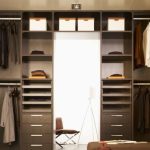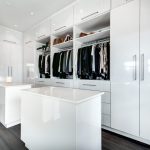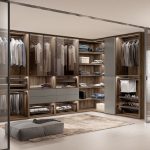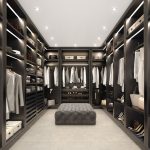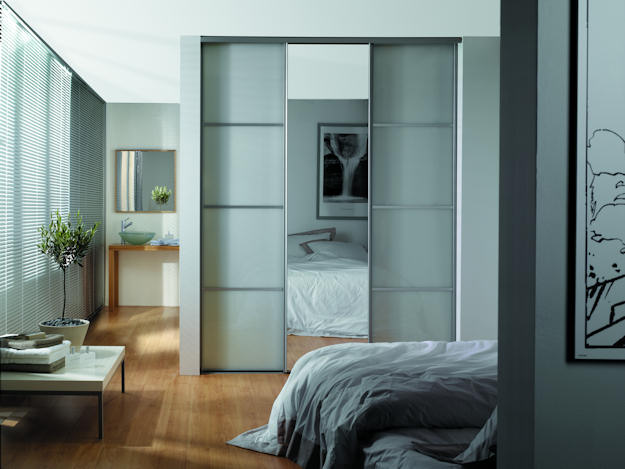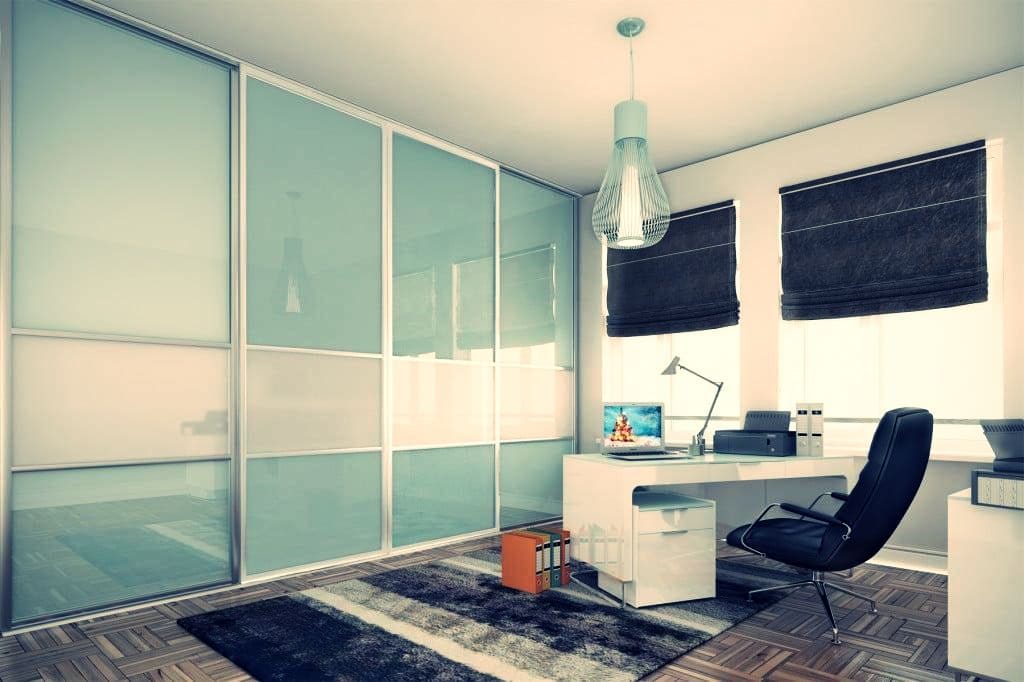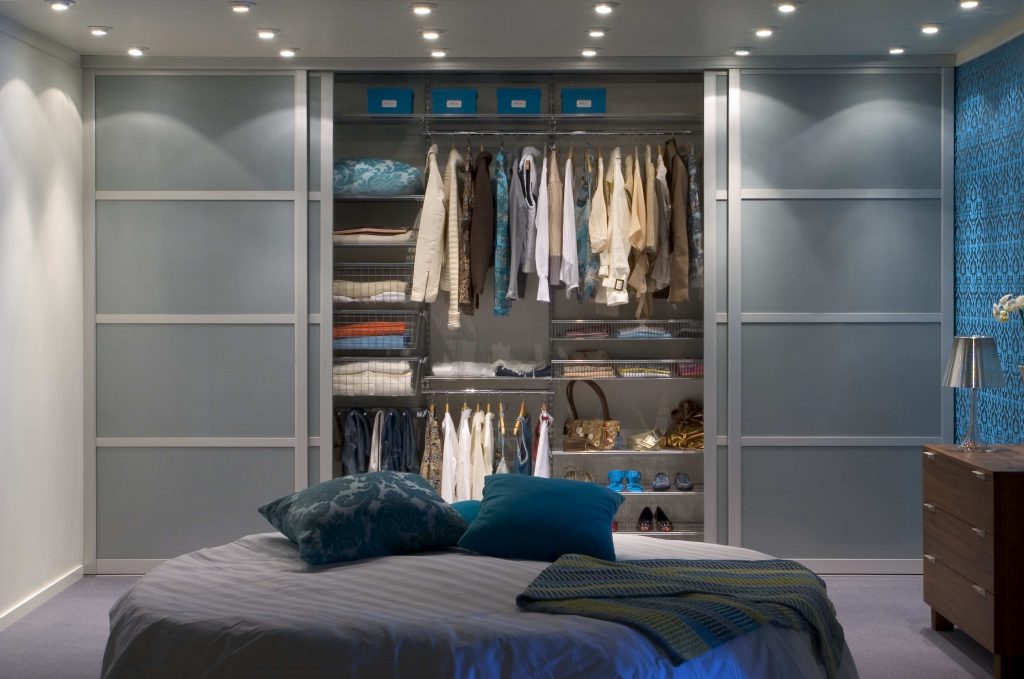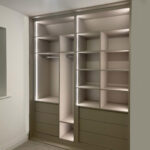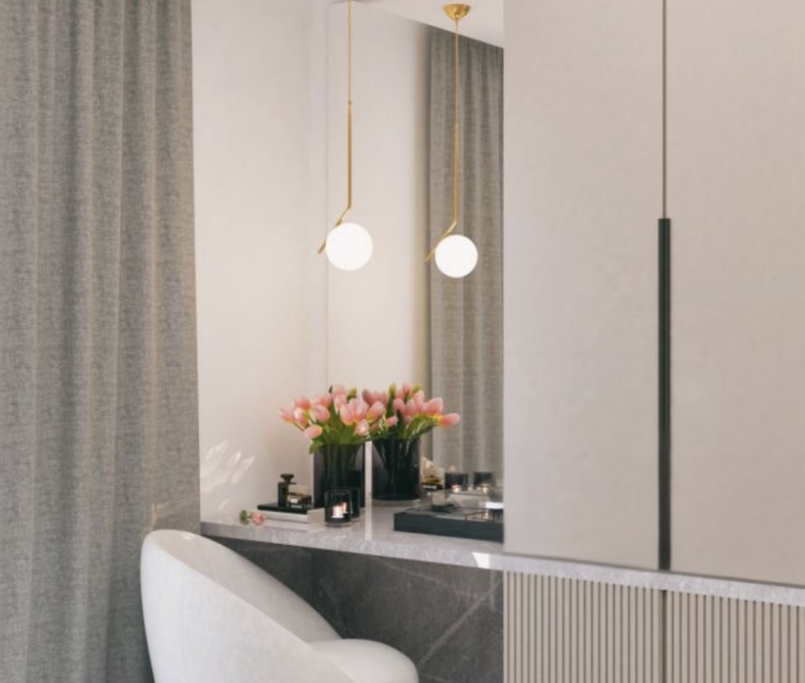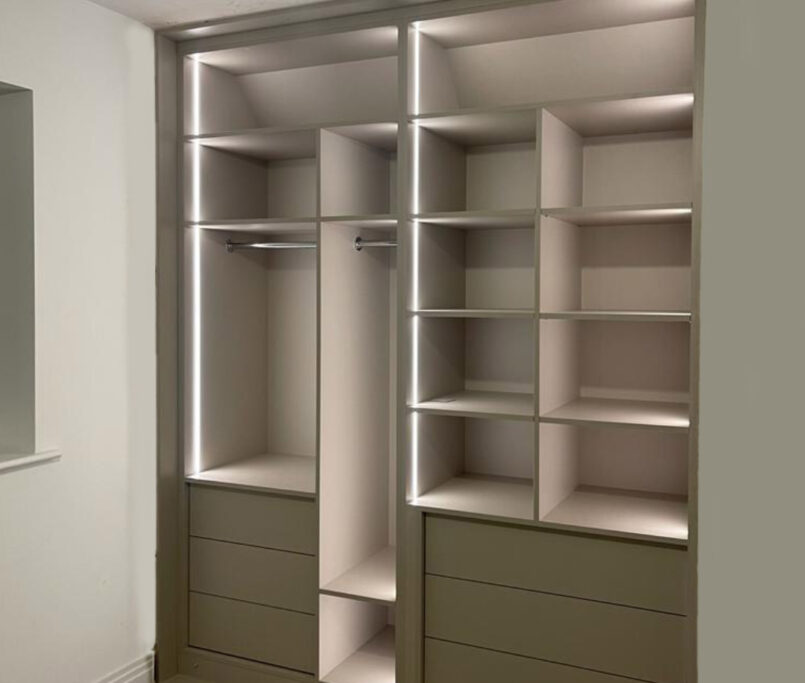Sliding Wardrobe Doors Unveiled: Their Evolution, Styles, and Industry Boom
Introduction
Sliding wardrobe doors have come a long way from their origins as purely functional fixtures designed to save space. In today’s modern interior landscape, these doors have transformed into stylish statement pieces, blending seamlessly into various home aesthetics. This blog post explores the evolution of sliding wardrobe doors, their different styles, materials, and mechanisms, and how they’ve sparked remarkable growth in the market.
The Evolution of Sliding Wardrobe Doors
Early Beginnings: Functional Beginnings
The sliding door concept dates back to ancient Japan, where space-saving Shoji screens were used as room dividers and wardrobe covers. The primary motivation was functionality; these doors slid open horizontally, saving space in compact rooms. Unlike traditional hinged doors that require extra space to swing open, sliding doors were a revelation in efficiency.
Transition to Modern Times: Aesthetic & Practical Needs
As sliding wardrobe doors made their way to Western cultures, they evolved from being merely functional to serving as stylish design elements. Post-World War II, there was a boom in home construction, and architects sought to incorporate space-saving yet stylish solutions. Sliding wardrobe doors emerged as an ideal combination of practicality and elegance, reflecting the era’s need for modern living.
Technological Advancements: Smooth Gliding & Silent Operation
Over the years, technological improvements have further refined sliding doors. Today, they are designed with noiseless tracks, soft-closing mechanisms, and ultra-smooth gliding systems, making them easy to operate and enhancing their appeal as a premium feature in home interiors.
The Growth of the Sliding Wardrobe Door Market
Market Demand & Popularity
In recent years, the demand for space-efficient furniture has increased, driving the popularity of sliding wardrobe doors. With smaller apartments and houses becoming more prevalent, homeowners look for stylish solutions that maximize every inch of their living space. Sliding doors are an excellent alternative to hinged doors as they don’t require any clearance to open, making them ideal for tight or awkward spaces.
Influence of Interior Design Trends
Minimalist and contemporary design trends favor the sleek and unobtrusive nature of sliding wardrobe doors. The ability to conceal wardrobes behind visually appealing doors aligns well with modern interiors focused on clean lines, simplicity, and functionality. Additionally, sliding doors can be customized to fit any decor style, from minimalist to rustic to industrial.
Market Expansion: A Global Perspective
The global sliding wardrobe door market is flourishing, with significant growth across regions such as Asia-Pacific and North America. An increasing preference for modern interiors, a rise in urban living, and greater purchasing power have all contributed to this growth. With more homeowners seeking aesthetically pleasing, space-saving solutions, the market is expected to expand even further in the coming years.
Types of Sliding Wardrobe Doors
Single Panel Sliding Doors
A simple, minimalist design ideal for smaller spaces. A single door slides along a track to reveal the wardrobe, offering a streamlined and clean look.
Multi-Panel Sliding Doors
Great for larger wardrobe spaces, these doors consist of multiple panels that slide past each other. They allow for easy access to different wardrobe sections while offering customizable options to match your room’s decor.
Bypass Sliding Doors
Bypass doors are designed to slide past one another, making them perfect for tight spaces. They provide full access to the wardrobe while saving space, as they do not require swinging clearance.
Pocket Sliding Doors
The pocket sliding door is an ingenious option for those looking to maximize space. The door slides into a pocket or cavity within the wall, disappearing from sight and providing a seamless, clean look.
Mirrored Sliding Doors
One of the most popular choices, mirrored sliding doors are both functional and stylish. They provide a full-length mirror to help you dress and make smaller rooms appear larger by reflecting light and visually expanding the space.
Frosted Glass Sliding Doors
Frosted glass sliding doors is another sleek and elegant choice, offering privacy while allowing natural light to filter through. It is a stylish alternative to traditional opaque doors and enhances any room’s aesthetic appeal.
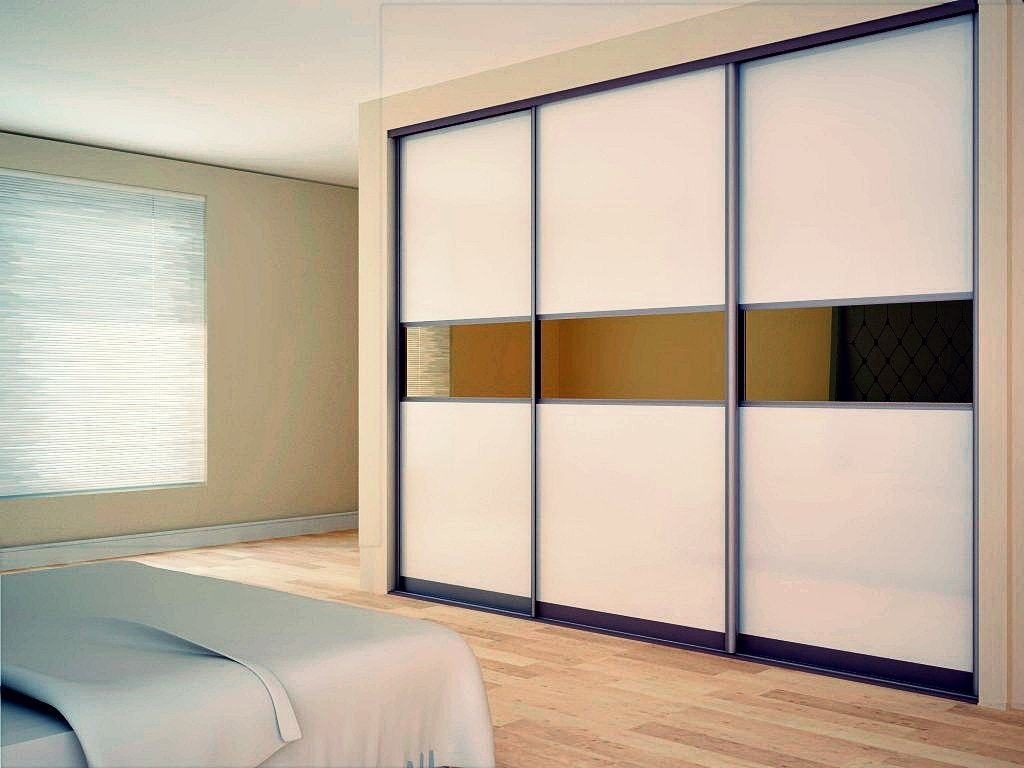
Materials and Their Influence on Design
Glass & Mirrors: Sleek and Modern Appeal
Glass and mirrored sliding doors have become highly popular due to their modern, sleek look and ability to make rooms appear more spacious. Mirrored doors serve a dual purpose, acting as both a functional mirror and a visually attractive wardrobe cover.
Wood: Traditional & Timeless
Wooden sliding doors offer a timeless and traditional appeal, making them a great choice for a warm and cozy ambiance. Options range from solid wood to veneered and laminated wood, providing both durability and a classic touch.
Metal Frames: Contemporary Edge & Durability
Aluminum and steel-framed sliding doors give an edgy, modern look while providing durability and strength. Metal frames pair well with various door panel materials like glass, wood, or composite, allowing for a wide range of styles and finishes.
Composite Materials: Cost-effective & Customizable
Composite materials like MDF (Medium-Density Fiberboard) offer a cost-effective solution while being highly customizable. They can be finished in a variety of colors, patterns, and textures to match any room decor.
Sliding Wardrobe Door Mechanisms & Innovations
Soft-Close Mechanisms: Ensuring Silence & Safety
Soft-close mechanisms ensure that sliding doors gently close without slamming, enhancing the user experience and preventing wear and tear. This feature is not only safer but also adds to the overall premium feel of the wardrobe.
Track Systems: Floor-Mounted vs. Top-Hung
Glass sliding doors use track systems that determine their movement and stability. Floor-mounted tracks provide support from the bottom, while top-hung tracks have the door hanging from above, offering a floating appearance. Each system has its own benefits, depending on the room design and door style.
Customization & Personalization Trends
With sliding wardrobe doors becoming increasingly popular, customization is key. Homeowners can choose from a variety of materials, colours, and finishes to suit their individual style, ensuring that their sliding doors fit seamlessly into their home’s overall design aesthetic.
Environmental Considerations & Sustainable Options
Eco-Friendly Materials & Processes
Sustainability is a growing trend in home design, and custom sliding wardrobe doors are no exception. Eco-friendly materials such as bamboo, reclaimed wood, and recyclable aluminum are being used to create stylish yet sustainable sliding doors.
Energy-Efficient Design Considerations
Sliding doors with mirrored surfaces or light-colored finishes can help reflect light, making rooms appear brighter and more open. This can potentially reduce the need for artificial lighting and contribute to a more energy-efficient home.
Conclusion
Sliding wardrobe doors have seen a remarkable evolution, from their ancient functional beginnings to their current status as stylish, space-saving, and customizable design elements. With a wide range of styles, materials, and mechanisms to choose from, these doors have become a sought-after addition to modern homes, contributing to a booming market. The future holds exciting possibilities, with technological advancements and sustainable options paving the way for even more innovative sliding wardrobe door designs.
Sliding wardrobe doors are more than just practical solutions—they represent a lifestyle choice that combines elegance, efficiency, and modern design.
FAQs
- What are the benefits of sliding wardrobe doors over traditional ones?
Sliding wardrobe doors save space, offer a sleek design, and come in a variety of materials and finishes to suit any decor. - How can I choose the right type of sliding door for my space?
Consider your room size, decor style, and storage needs when selecting between single-panel, multi-panel, pocket, or mirrored sliding doors. - What materials are best for sliding wardrobe doors?
Materials like glass, mirrors, wood, metal, and composites each offer unique aesthetics and durability, so choose based on your style and usage. - Are sliding wardrobe doors durable and long-lasting?
Yes, high-quality sliding wardrobe doors with robust tracks and materials are built to last and provide smooth functionality over time. - Can I install sliding wardrobe doors myself, or do I need a professional?
While DIY installation is possible, professional installation is recommended for precise fitting and proper track alignment. - Are there environmentally-friendly options for sliding wardrobe doors?
Yes, eco-friendly materials like bamboo, reclaimed wood, and recyclable aluminum are available for those seeking sustainable design choices.


